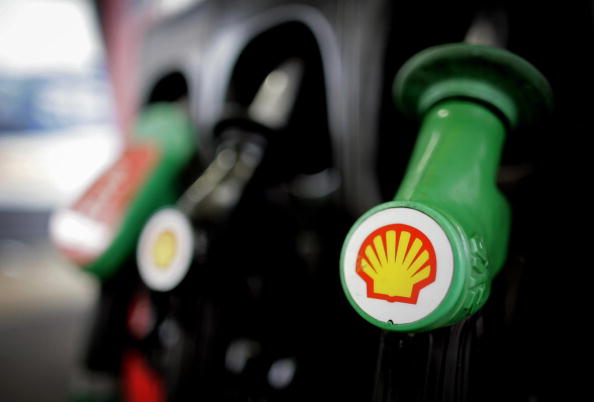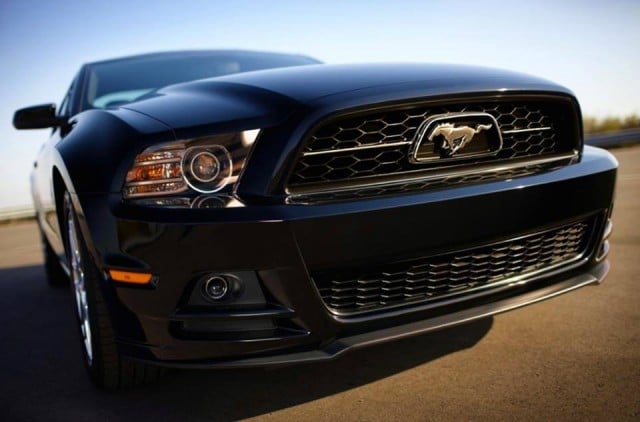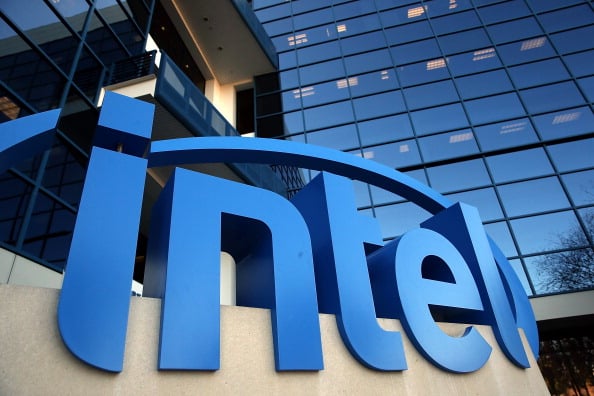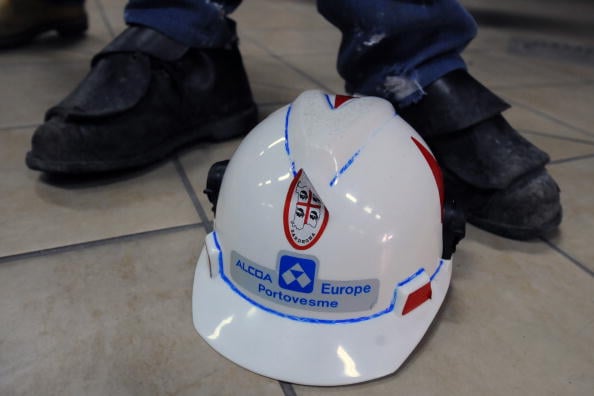The 8 Biggest Corporate Welfare Recipients in America
Read more: http://www.cheatsheet.com/business/high-on-the-hog-the-top-8-corporate-welfare-recipients.html/?a=viewall#ixzz3n5NGpID7
In the U.S., it is rather commonplace to see welfare recipients demonized, people on food stamps ostracized, and anyone on any form of public assistance is often made to feel guilty that they need help. They are called lazy and incompetent, with little regard for circumstance or economic hardship. Sure, there are some people that take advantage of the system. But there are millions that desperately need help, and social welfare programs are the only thing standing between them and poverty.
That demonization seems to shift, however, when it comes to giving assistance to big business. According to The Cato Institute, corporate welfare handouts shot all the way up to $92 billion as of 2002. Most of those subsidies were secured by companies in industries like energy — which are some of the most profitable entities in the history of the world. As one writer at Forbes points out, cutting these huge subsidies would be a great way to help balance the national budget, but it is never put into action, and much less even considered.
More recently, subsidy tracking group Good Jobs First released a report last year detailing where exactly taxpayer dollars are being funneled, and which states are the most likely to divvy up handouts. There are some surprises in the report, but many details won’t come as much of a shock at all. New York and Washington were the top two states for handing out corporate subsidies, with New York alone topping more than $20 billion across nearly 69,000 individual handouts. The data also shows that roughly 75% of disclosed subsidy dollars have gone to 965 big companies. The total known value of subsidies across the country came out at an estimated $110 billion, although its likely more.
From its data, Good Jobs First was able to identify the top 100 recipients of corporate subsidies, dominated by transportation and natural resource companies. Here are the top eight companies from that list, and the total known amount in subsidies they are receiving.
8. Nike — $2.03 Billion
Nike, based in the Portland suburb of Beaverton, Oregon, has taken in more than $2 billion in government appropriations, spanning 75 individual subsidies. Spanning the globe in terms of scope and reach, Nike isn’t exactly strapped for cash, so making the case that the company is in need of government assistance can be difficult.
Nike has been doing a good job of cleaning up its act over the past several years, cracking down on harsh factory conditions in its many plants across the world and giving plenty of money to schools across the country — most notably, the University of Oregon. While far from the top, Nike is getting a substantial boost to its revenue from the taxpayers, and it’s something the public and their representatives should keep an eye on.
7. Royal Dutch Shell — $2.04 Billion
As a petroleum company, Shell has been reaping profits like the world has never seen before, along with industry cohorts like Exxon Mobil. Many consumers have had to find ways to adjust as gas prices continue to rise, along with production costs of plastics and other materials. All the while, major oil companies have been sitting back and watching profits pile up.
Shell received $2.04 billion across 79 subsidies — enough to make it the top oil company in Good Jobs First‘s findings. For politicians looking to actually make headway towards balancing the budget, handouts to companies like Shell might be a good place to start reviewing. As The New York Times writes, these handouts only add on to the billions oil companies are already bringing in. In the words of Senator Robert Menendez of New Jersey, “there is no reason for these corporations to shortchange the American taxpayer.”
6. Fiat Chrysler Automobiles — $2.06 Billion
Fiat, now the owner of Chrysler, has been receiving a considerable chunk of taxpayer cash to help with its vehicle production worldwide. The government has ponied over more than $2 billion to the Italian-based auto maker, which it has used to help prop up brands like Dodge, Ram, and Chrysler here in the states. The company has come out to say that the survival and performance of its American brands are crucial to success, as it hopes revamps to its Jeep and Alfa Romeo lineups help on the bottom line.
Fiat has received 96 subsidies to bring their total up to $2.06 billion, and it’s obvious that the government sees the importance of helping the company prop up its American businesses. With several production plants and dealerships operating across the U.S., hopefully it turns out to be a worthwhile investment.
5. Ford — $2.52 Billion
It doesn’t get much more ‘American’ than the Ford Motor Company, which itself has allocated $2.52 billion in government funding as of late. Spread across 193 separate appropriations, the subsidies have been able to help Ford recover from the financial crisis and adapt to a world that looks more and more like it have less cars on the road in coming years. Ford has been able to avoid, by and large, some of the other issues other American manufactures have had to deal with, but it still faces an uncertain future.
Ford has seen revenues surge as new technology, features, and models have been added to its lineup. It’s still the maker of the best selling car in America, the F-150, and its Fusion sedan has been winning over many in the sedan segment. However, for a company that is pulling in $7.2 billion in profits, as reported by The Guardian, it does bring up questions as to why the company is getting so much from the taxpayers when it is more than profitable.
4. General Motors — $3.58 Billion
Detroit’s own General Motors was found to be getting $3.58 billion in subsidies, coming in from 320 individual appropriations. Having survived bankruptcy on the backs of the taxpayers in 2009, GM took drastic measures to return itself to profitability. Several brands were cut from under the GM umbrella, leaving just four still in production. GM looked to be on a path towards stability until recent happenings have quickly returned the company to the public’s ire.
GM was found to have allowed vehicles with severe issues to go to market, resulting in customer deaths and the recall of millions of cars, trucks, and SUVs. With most of the recalls having occurred over the past year, the realization of how much the company is receiving in subsidies has been more of an afterthought than anything. Though GM is getting things turned around, it’s still likely to be on the receiving end of public money for quite some time.
3. Intel — $3.87 Billion
The pride of Santa Clara, California, Intel is a maker of semiconductor microchips used in computers all across the world. The company was one of the big drivers behind the computing revolution of the 1980s and 1990s, and its founding dates all the way back to 1968. Intel is also on the receiving end of large amounts of government cash, with totals most recently reaching $3.87 billion from 59 individual subsidies.
It’s not a total stretch to understand why Intel might be getting so much money from the government, as there is a whole lot of interest in investing in the development of computing’s evolution. From defense to space exploration and everything in between, there’s no doubt that Intel’s chips will be used to power a huge amount of projects in coming years, with the private sector also a close watch.
2. Alcoa — $5.64 Billion
You may not know Alcoa by name, but there’s probably at least one product with Alcoa aluminum in it somewhere in your home. As the world’s third largest producer of aluminum, Alcoa has an extensive history dating back to 1886 when it was first founded in Pittsburgh, Pennsylvania. The company has received $5.64 billion across 99 subsidies according to Find Good Jobs‘ report, which have helped the company go on to secure lucrative contracts for projects, like building jet engine parts.
As of the past few years, Alcoa has really been picking up steam. Production has increased at its numerous plants and stock prices have jumped as investors have taken notice. As the company continues to ramp things up, look for subsidy levels to remain high in coming years.
1. Boeing — $13.18 Billion
The top welfare recipient of them all is aerospace giant Boeing, which has operations spread all across the country building aircraft and working on numerous Department of Defense projects. The amount of work Boeing does for the federal government no doubt plays a part in the amount of subsidies the company has been able to secure, but Boeing has also played hardball with local jurisdictions to get enormous tax breaks. With more than $13 billion coming in from 148 handouts, Boeing has thoroughly entrenched itself in the interest of the government and taxpayers.
Despite the immense amount of money the company is receiving, it has still gone on to hold cities hostage in tax negotiations, threatening to remove jobs and open up shop in friendlier climates. This past year, Boeing secured the highest ever tax break at the state level when it cornered the Washington legislature into ceding to its demands, lest it move its production plants to another part of the country. The legislature granted Boeing its wish, but Boeing went on to announce drastic layoffs anyway, angering many locals.
Boeing has become the king of corporate handouts, and other corporations have a long way to go to catch up.
Follow Sam on Twitter @Sliceofginger
http://www.cheatsheet.com/business/high-on-the-hog-the-top-8-corporate-welfare-recipients.html/?a=viewall








No comments:
Post a Comment